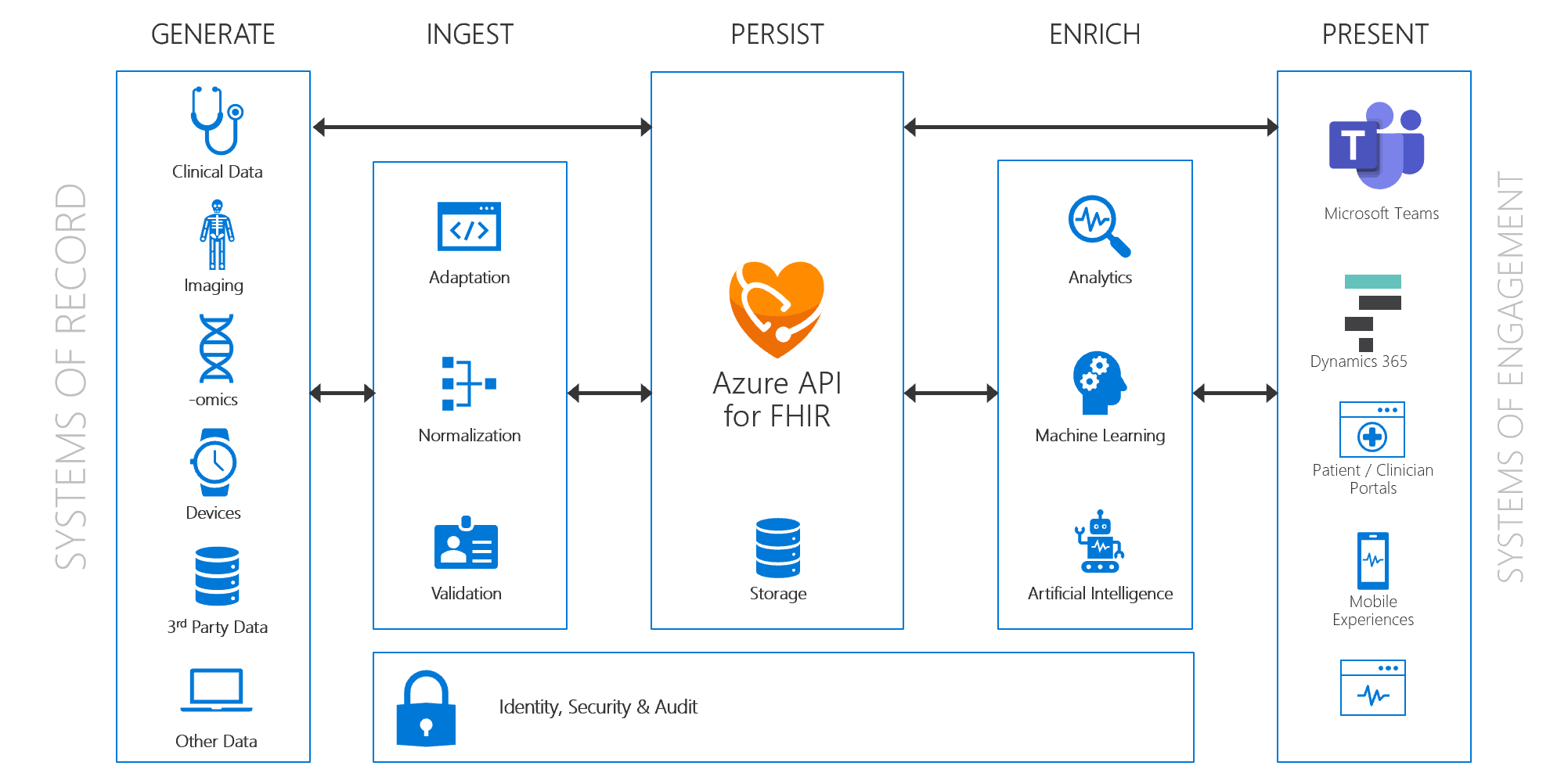FHIR is fhire
Written on August 1st , 2020 by Jonathan Hilgart
FHIR is Fire
You remember the last time you texted an Android phone (yes, I’m assuming you’re an iPhone user) and a green bubble popped up. Or, worse, you sent an image and it turns up all grainy. The reason for this is due to the encoding formats that differ between androids and iPhones. However, you’re still able to communicate between these two different phone providers. In healthcare, there has been a large emphasis on the ability to communicate between different healthcare providers using a standard called F.H.I.R (Fast Healthcare Interoperability Resource). FHIR is a data format that specifies how to structure information related to patients, medications, observations, etc. Anything information that may be related to healthcare.
F.H.I.R. is the latest iteration in an attempt to have health systems talk to each other. Traditionally, you might have had a primary care physician, a cardiologist for your heart health, your chiropractor, etc. However, all of these people who are looking after you don’t have a way to communicate with each other. Your cardiologist may recommend a new prescription for you to take, but how will your primary care physician know? Or, what if you have an X-ray, how do you share your results without bringing the physical copy? This is what F.I.H.R is trying to solve.
This unique aspect of healthcare is that the entire industry is consolidating around this standard. Not only does this allow individuals to have a consolidated view of their health information from across multiple providers, but it also allows for an aggregate level view of all patients to understand trends in population health. Not only can we calculate these trends at an aggregate level for an individual hospital or doctor’s office, but it’s possible to calculate these statistics across all patients for all healthcare systems that have represented their data in the F.HI.R. format. Of course, this is assuming that the patients have agreed to have their data shared in this fashion.
From a purely data perspective, this is awesome. The ability to understand the care a patient is receiving across multiple providers is the key to unlocking not only a complete picture of an individual’s health but can, and will, be used to usher in advancements in precision medicine, the ability to recommend specific medication or treatments based upon your unique biometric/genomic/health history, predict disease onset, e.g., given enough data on the predispositions of diabetes a doctor could start a patient on a treatment plan to prevent the onset altogether, value-based care, the payment structure that incentivizes healthcare providers to follow treatment protocols that avoid costly expenses such as ER visits among other opportunities.
F.H.I.R (Fast Healthcare Interoperability Resource) is a data specification for healthcare data.

